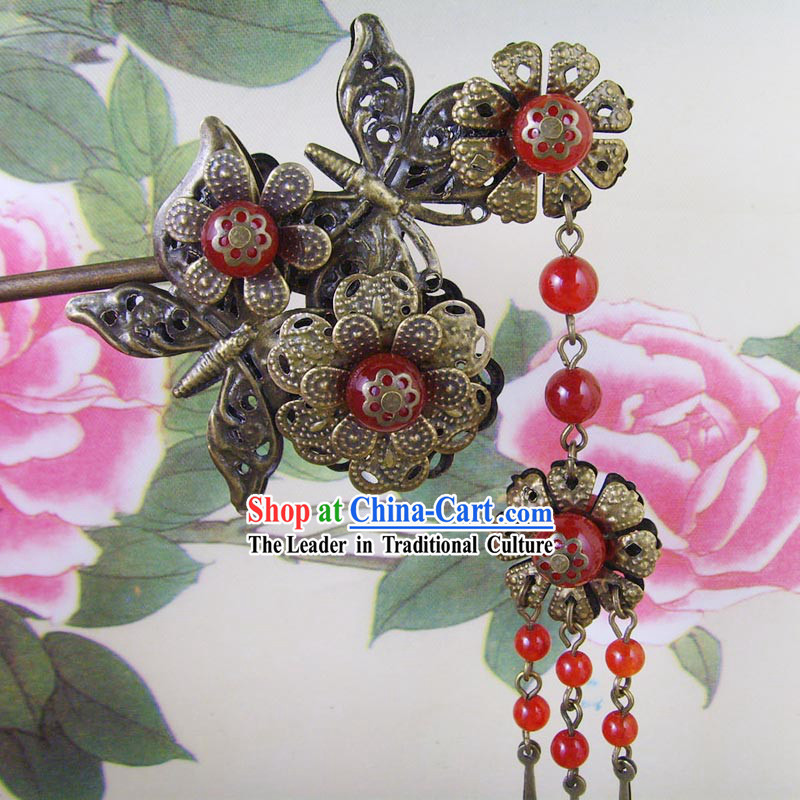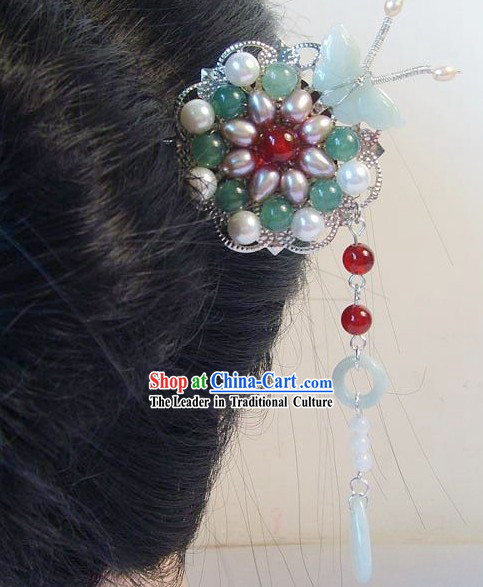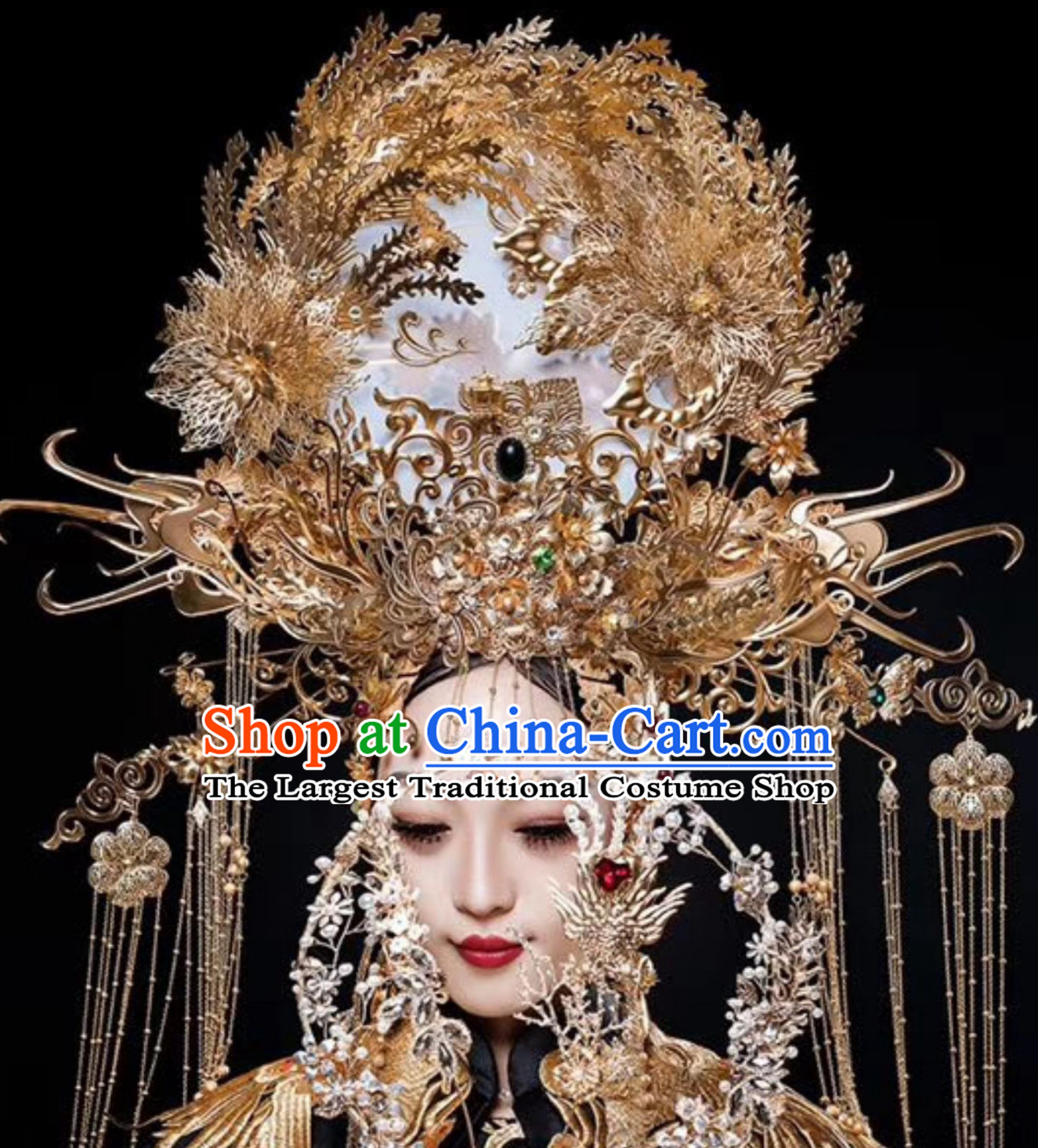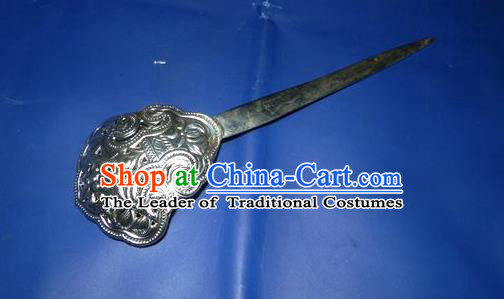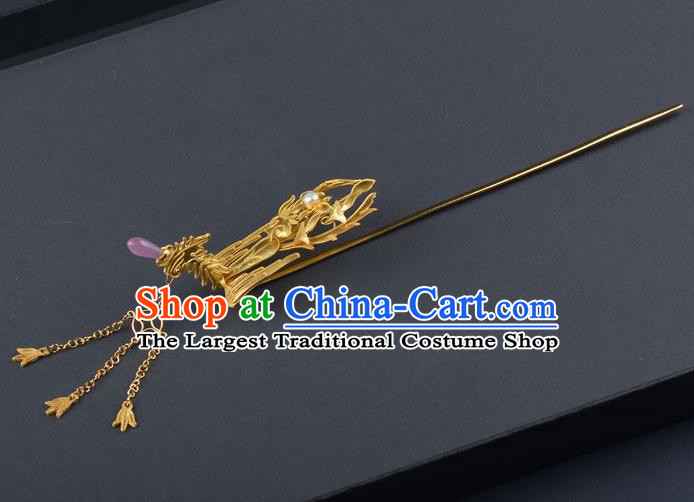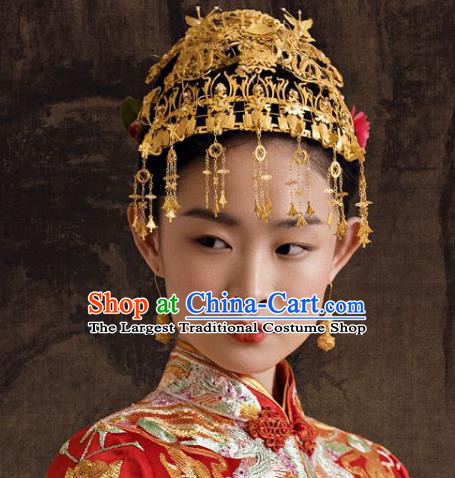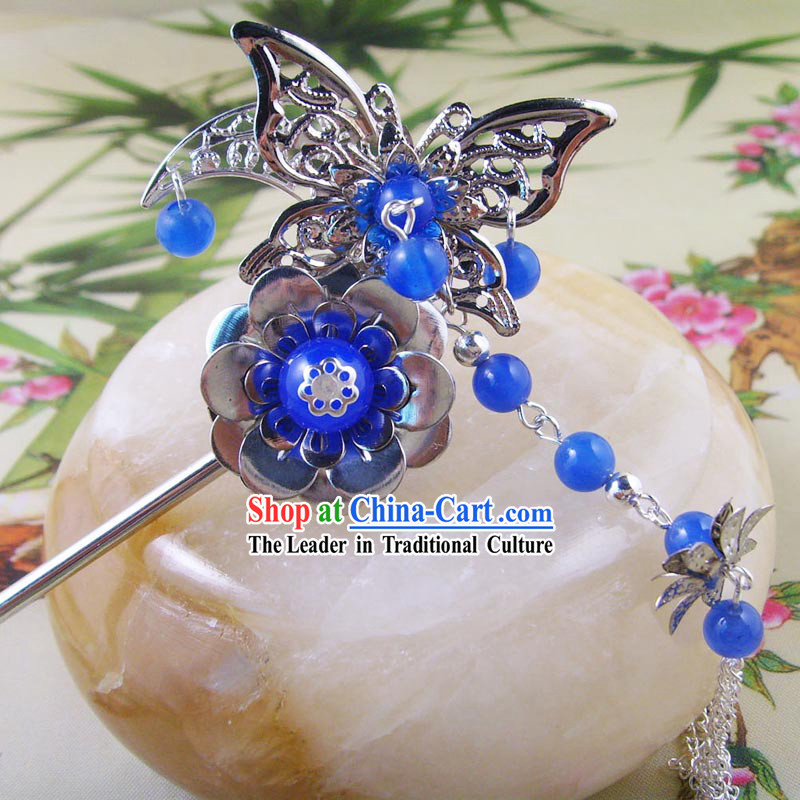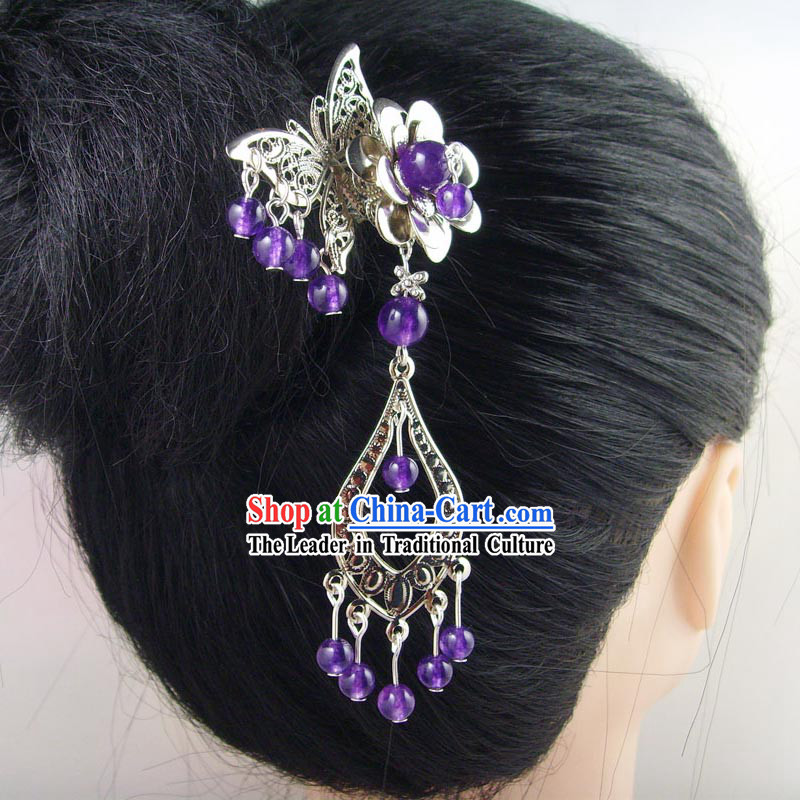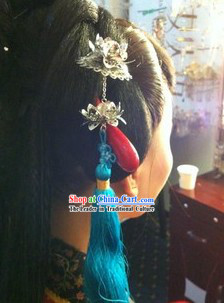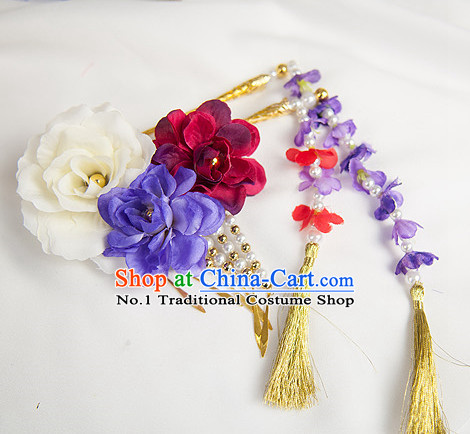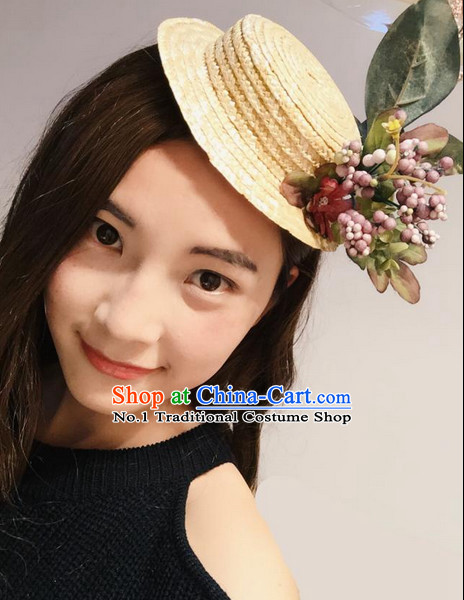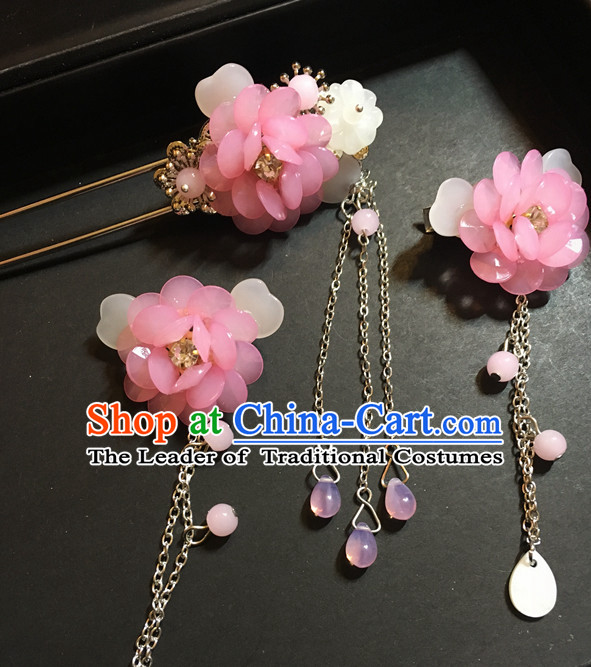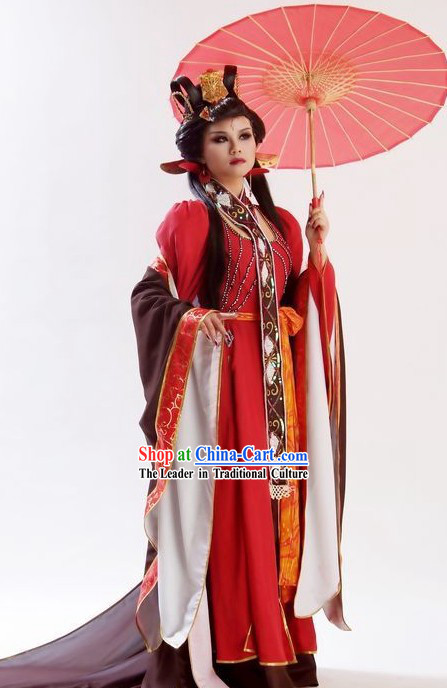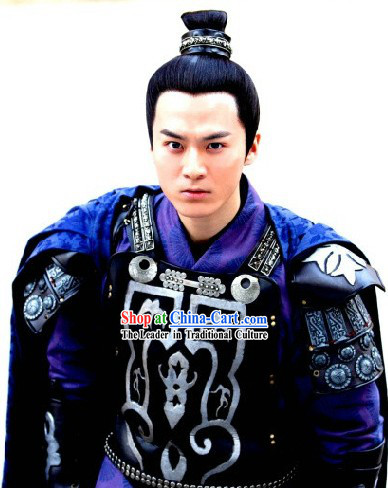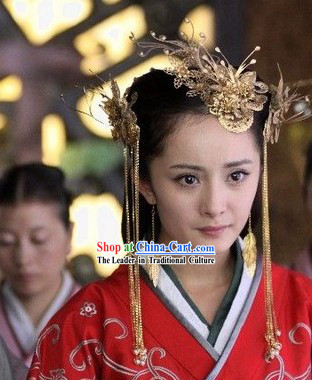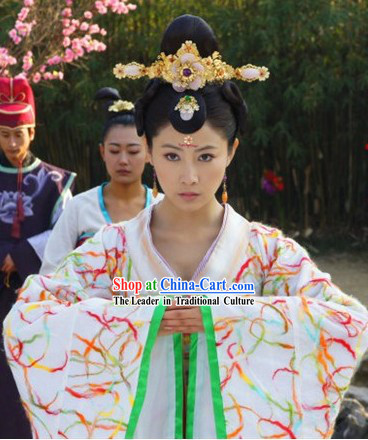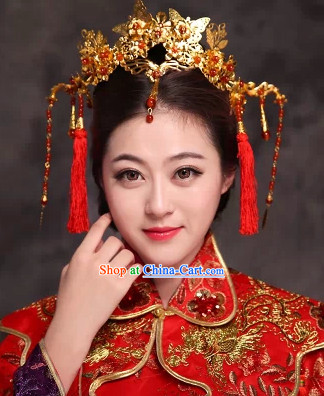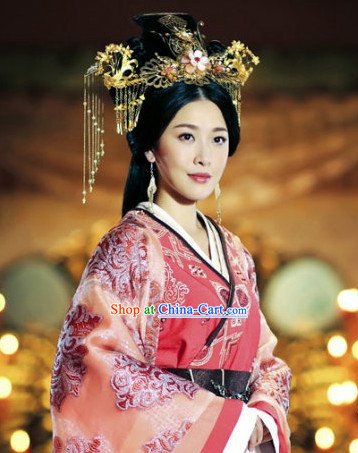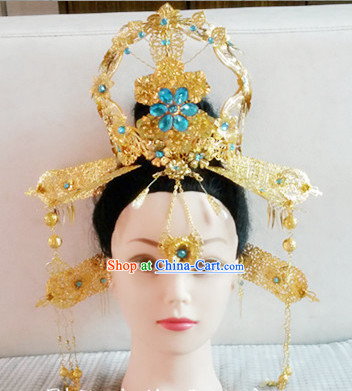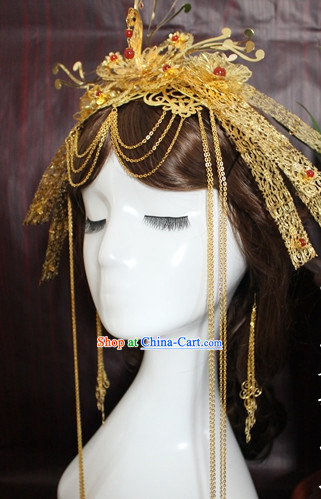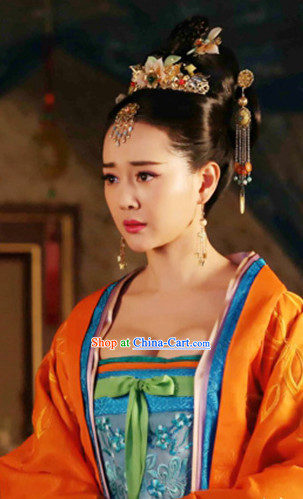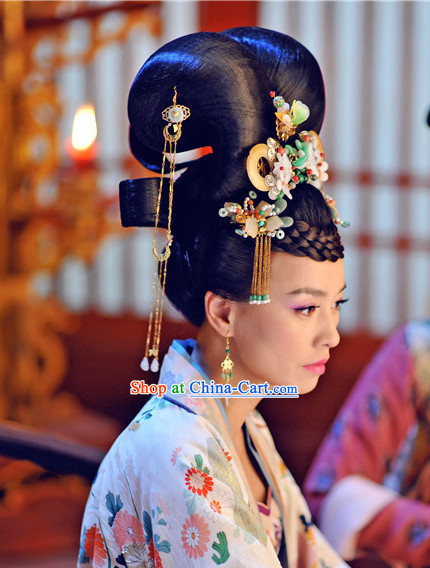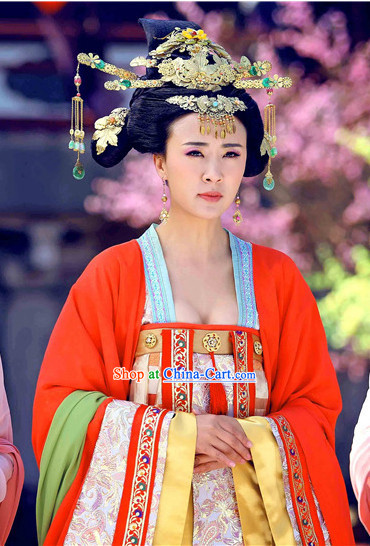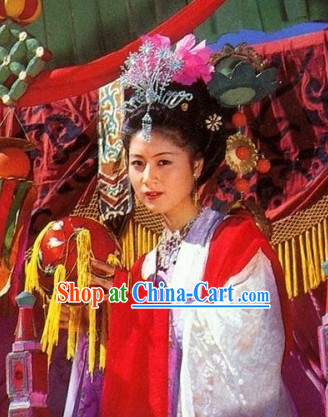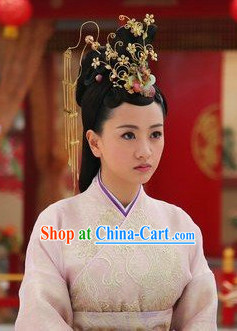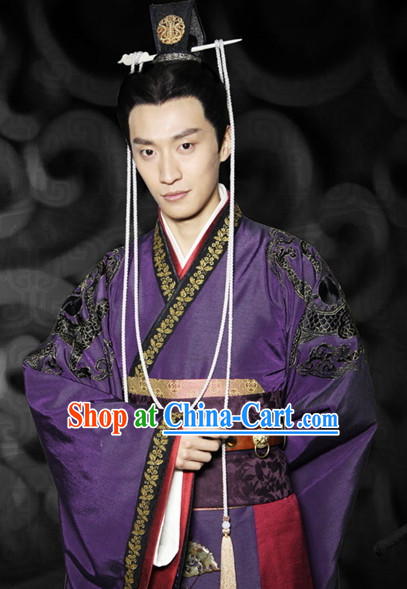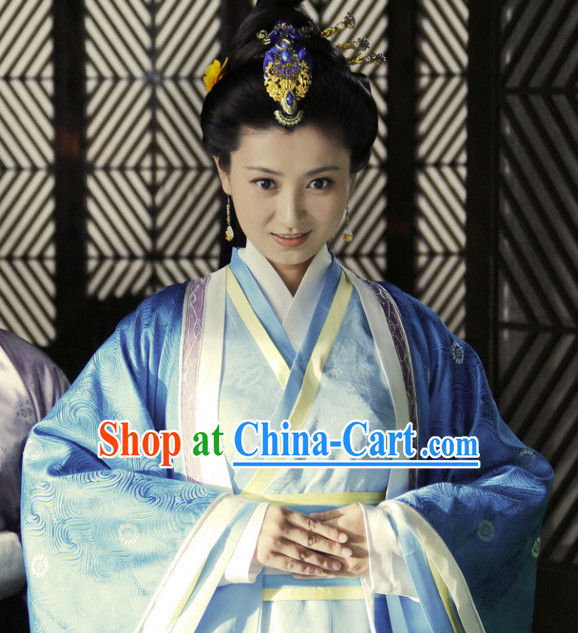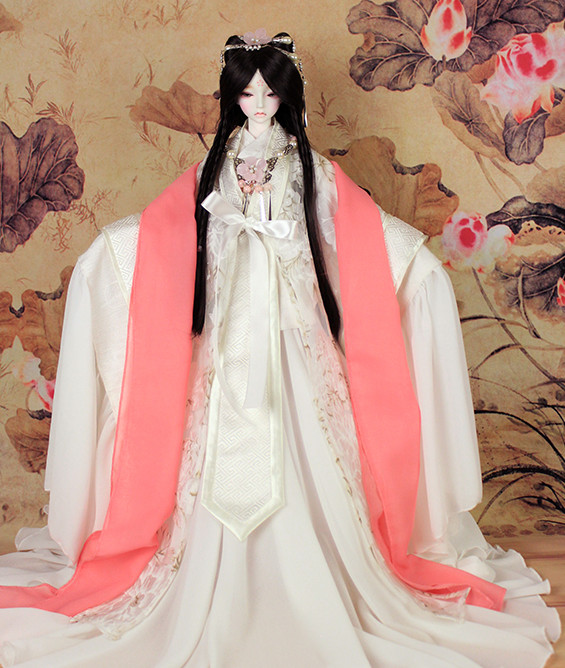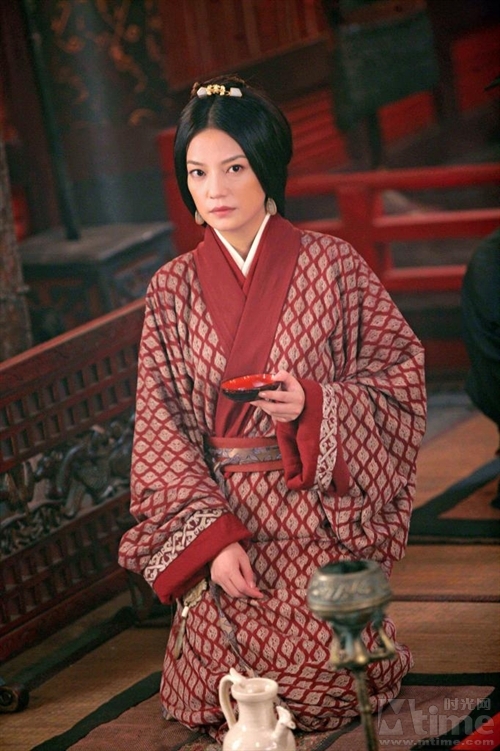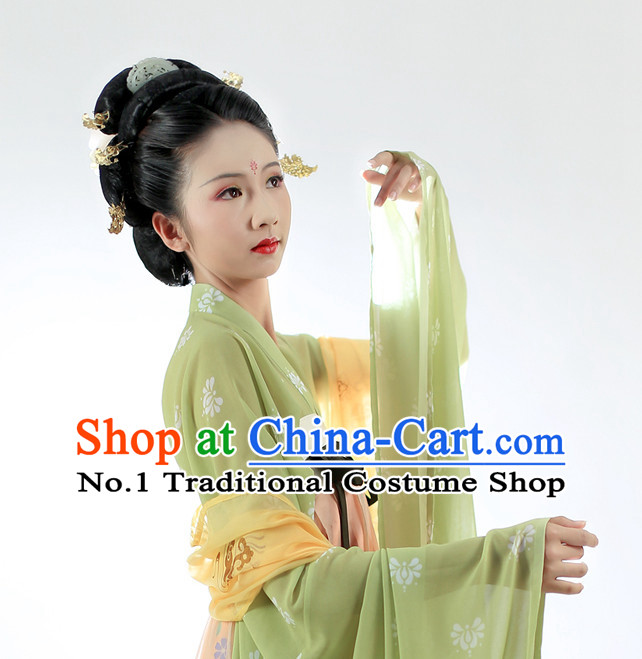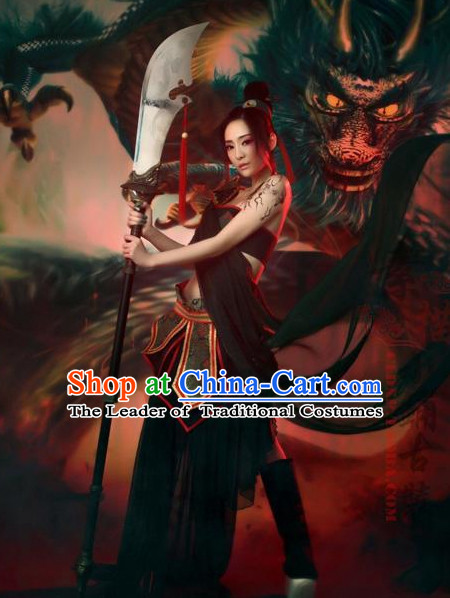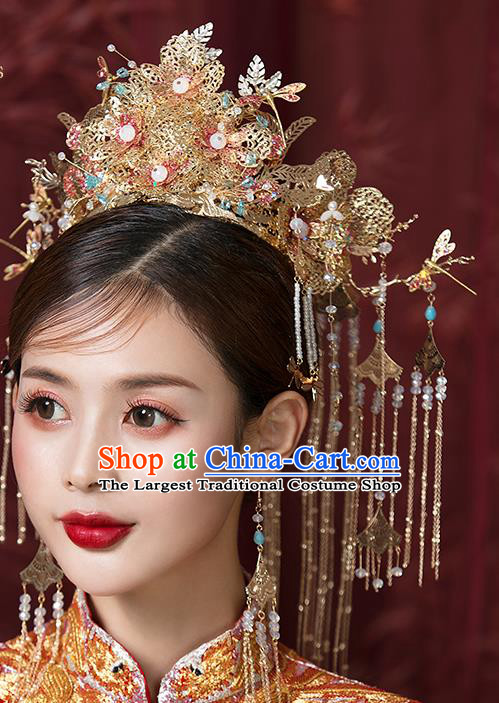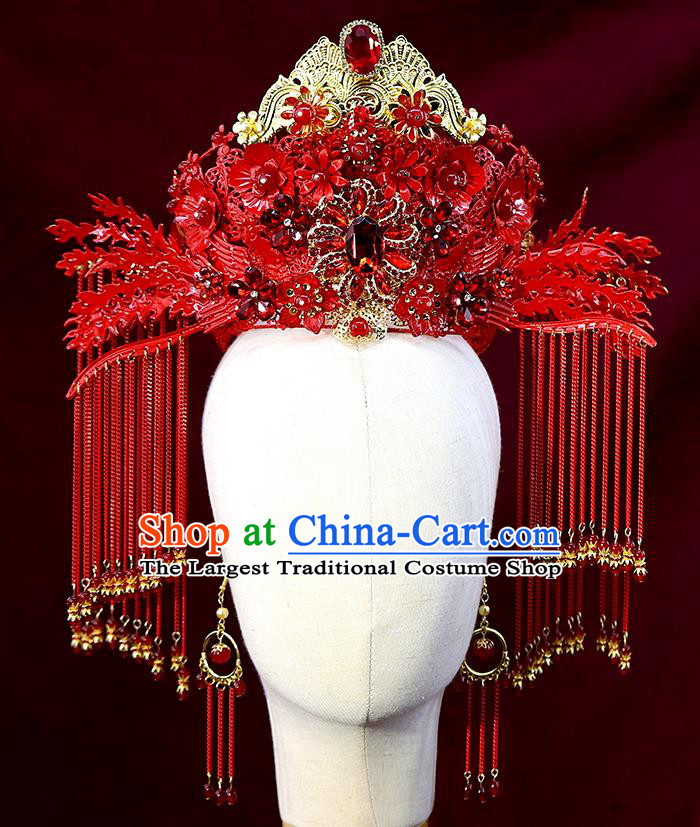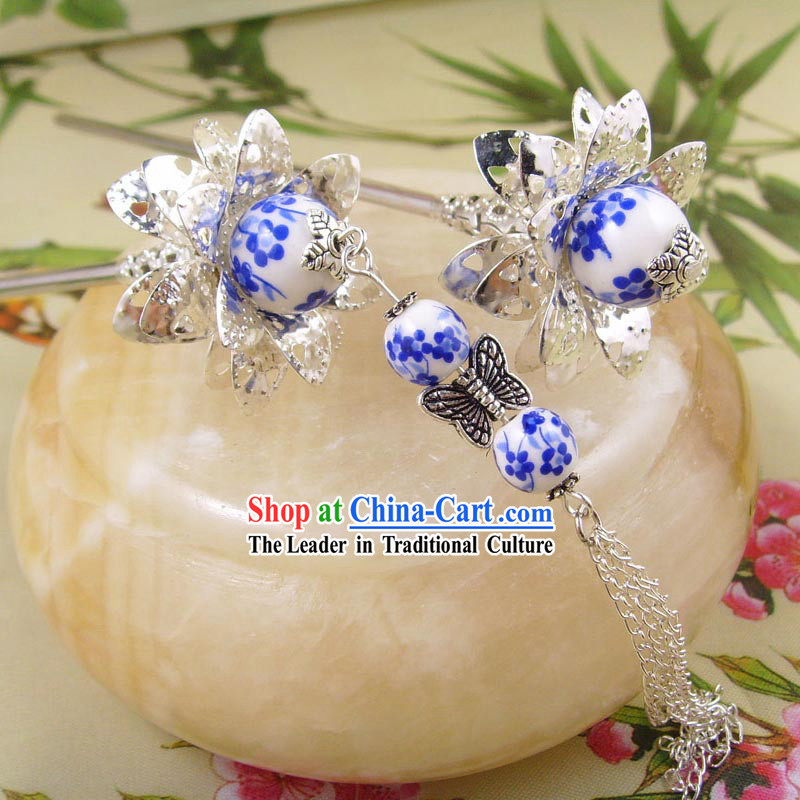
Click Related Pictures for More Audios:
These ancient Chinese pendants, with their exquisite craftsmanship and unique designs, showcase a rich cultural heritage and historical significance.
They are gems of ancient Chinese art, representing the pursuit of beauty and love for life by the people of ancient times.
These pendants are typically made of ceramics and adorned with various patterns such as flowers, animals, and figures.
Their colors are diverse, ranging from blue, green, red to yellow, among others.
These pendants not only serve an ornamental purpose but also have practical uses, as they can be hung on hair to add a touch of color to people's lives.
The history of these pendants dates back to several thousand years ago during the Shang Dynasty when people began making and using them.
Over time, the design and crafting techniques of the pendants evolved, gradually giving rise to distinct styles.
During the Tang Dynasty, pendants became popular and were favored as decorative items by royalty, nobles, and literati.
By the Song Dynasty, the crafting skills of pendant-making reached their peak, turning them into important works of art.
These pendants are not just beautiful ornaments; they also carry a wealth of cultural significance.
For instance, blue pendants usually symbolize tranquility and depth while green ones represent vitality and hope.
These pendants reflect the ancient Chinese people's love for nature and life as well as their yearning for beautiful things.
In conclusion, these ancient Chinese pendants are precious cultural relics that bear witness to the long history and rich artistic traditions of the Chinese nation.
They not only have beautiful appearances but also carry profound cultural connotations, providing us with a window into understanding ancient Chinese culture.
